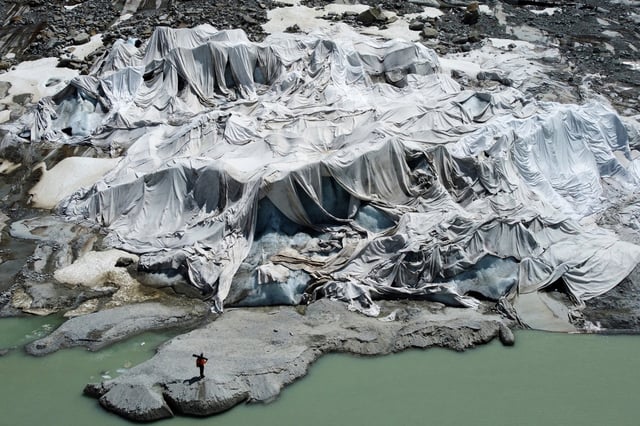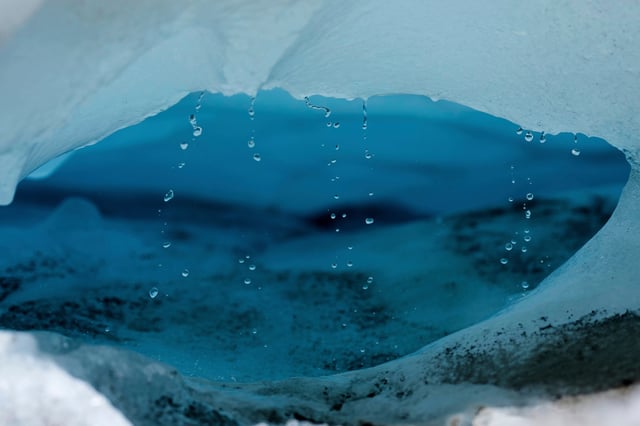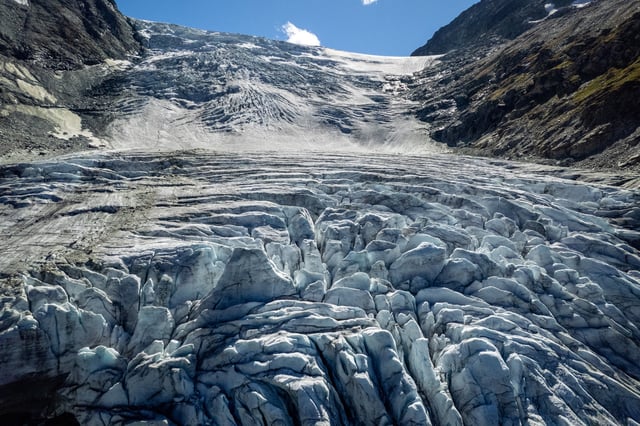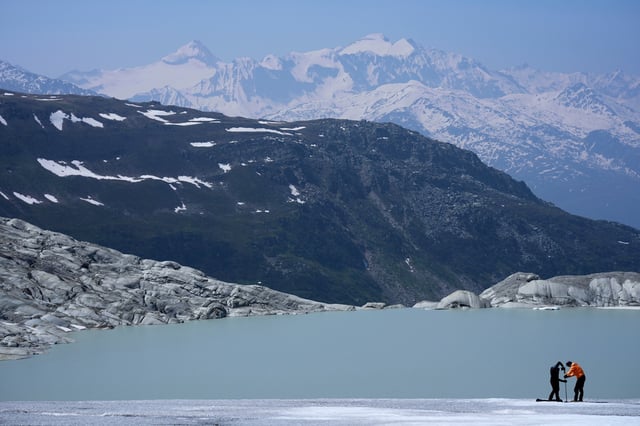Overview
- Scientists point to a low-snow winter followed by June and August heatwaves that drove the freezing level to about 5,000 meters, accelerating melt at high altitudes.
- Field measurements extrapolated across roughly 1,400 glaciers detail sharp 2025 thinning, including about 1.5 meters on the Rhone Glacier and more than two meters on Claridenfirn, Plaine Morte and Silvretta.
- Glacier retreat is destabilising mountain terrain and raising hazard risks, exemplified by the May rock-and-ice collapse that buried the Valais village of Blatten.
- Researchers warn shrinking ice reserves are already squeezing summer water supplies, with potential impacts extending from Alpine communities to downstream regions toward the Mediterranean.
- GLAMOS cautions most Swiss glaciers could vanish by century’s end without deep emissions cuts, while rapid global CO2 reductions could preserve up to 200 high-elevation glaciers.



